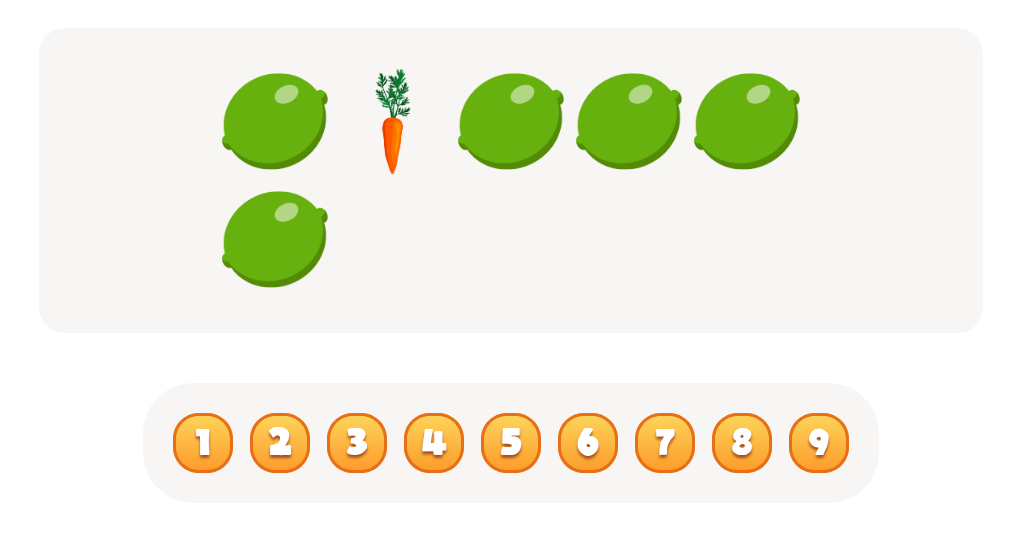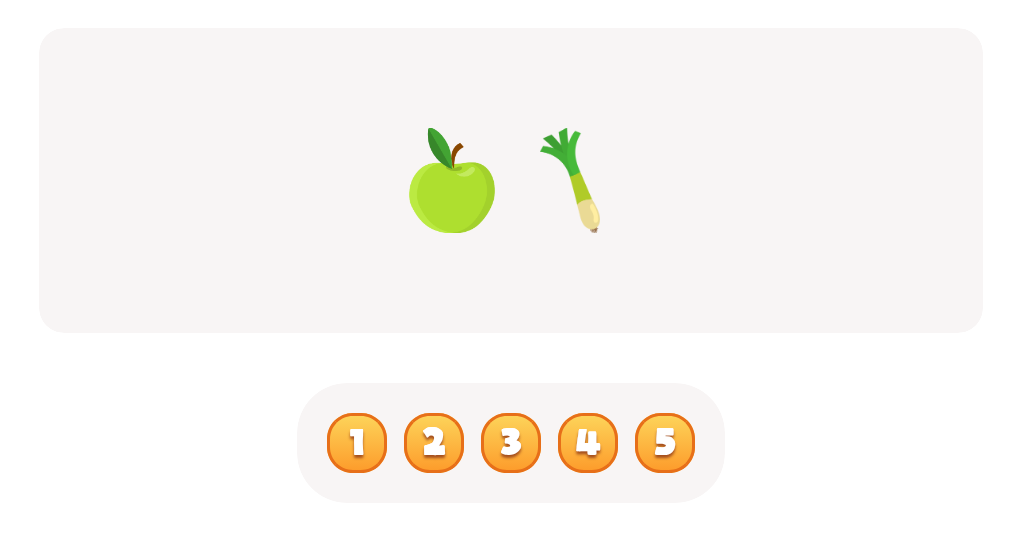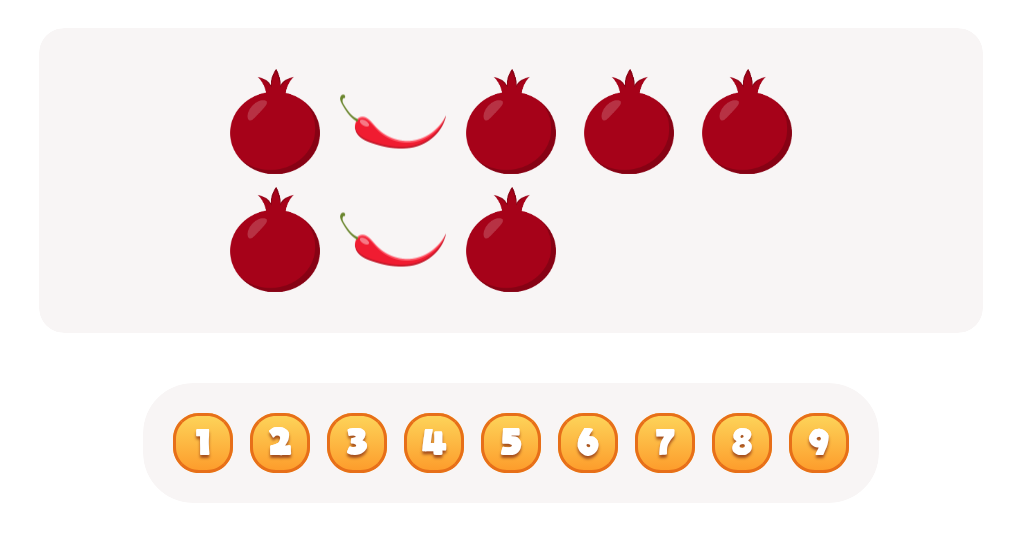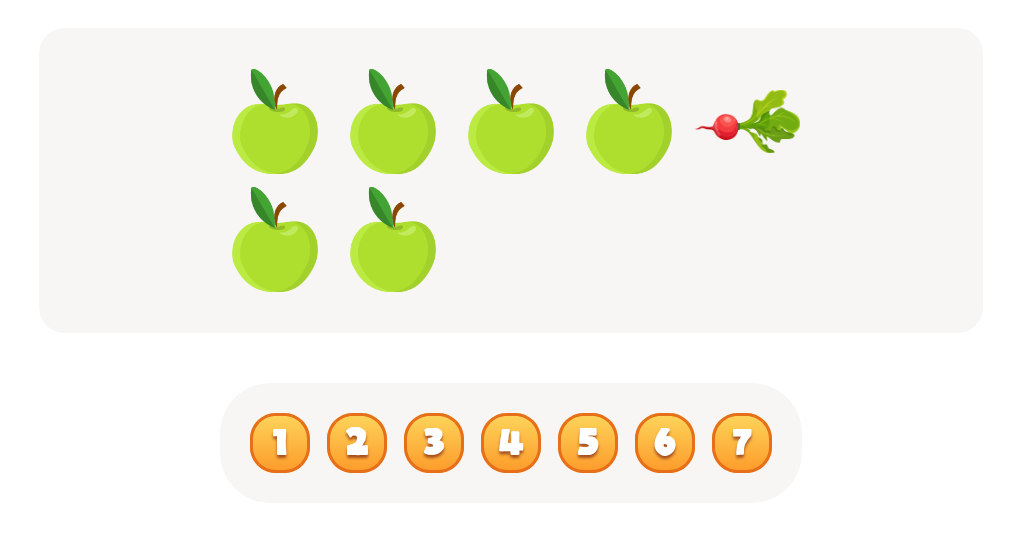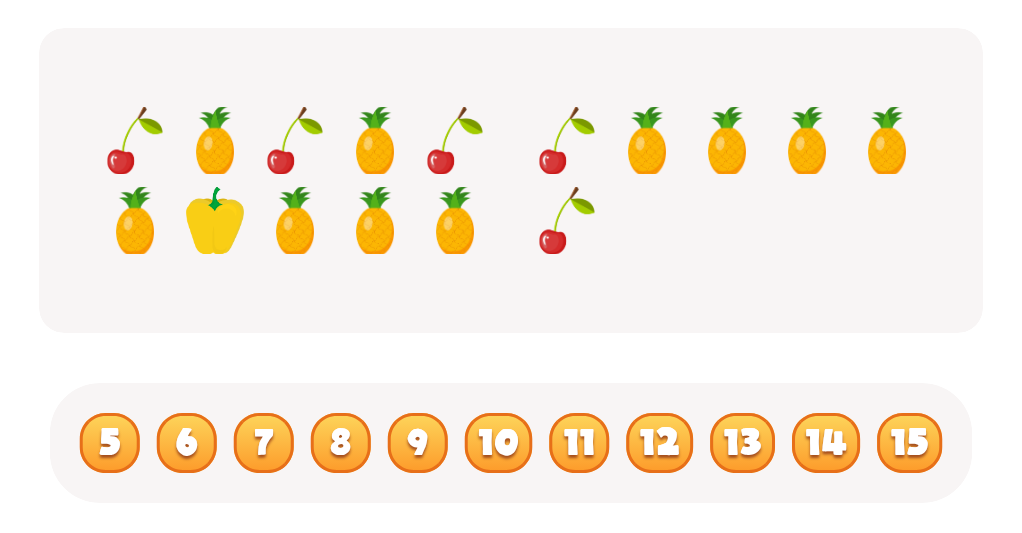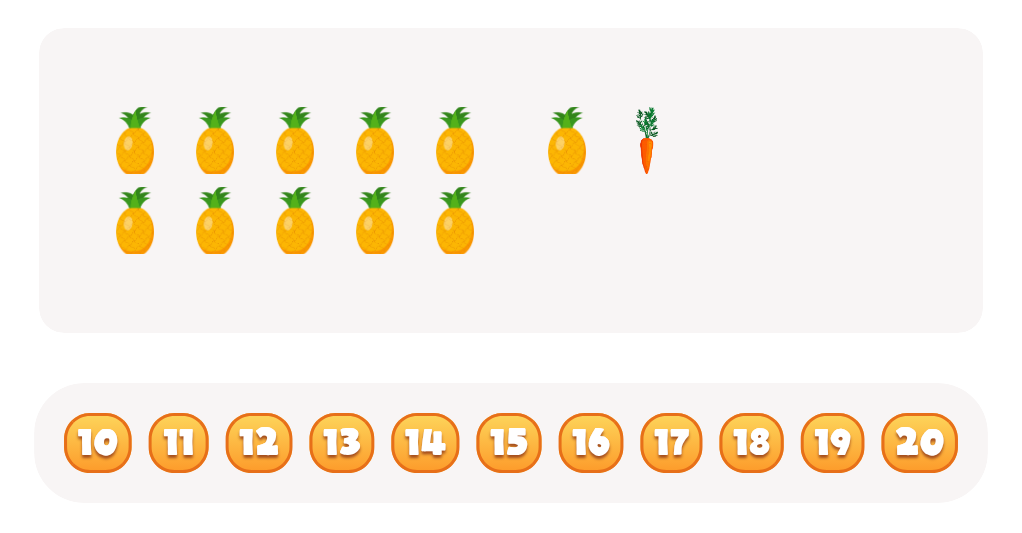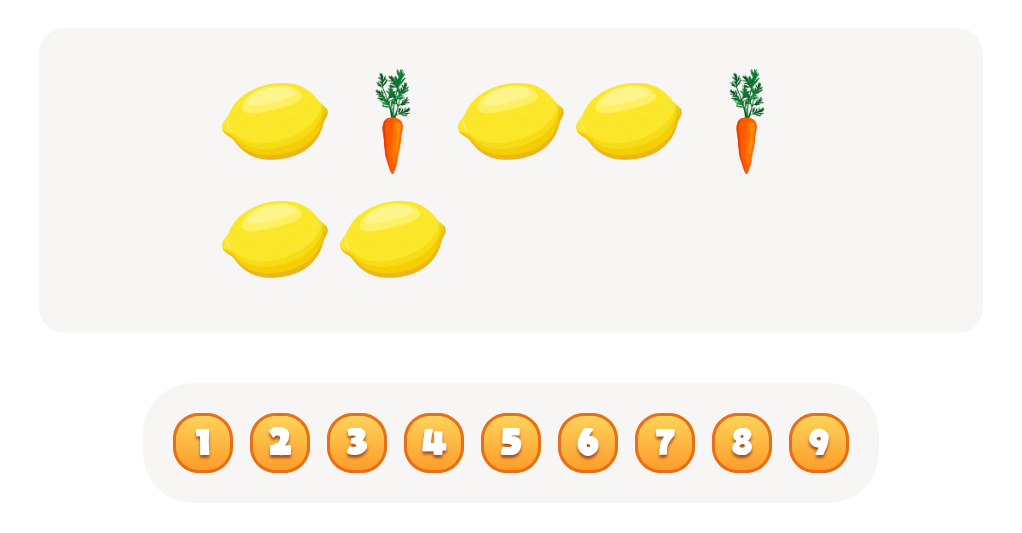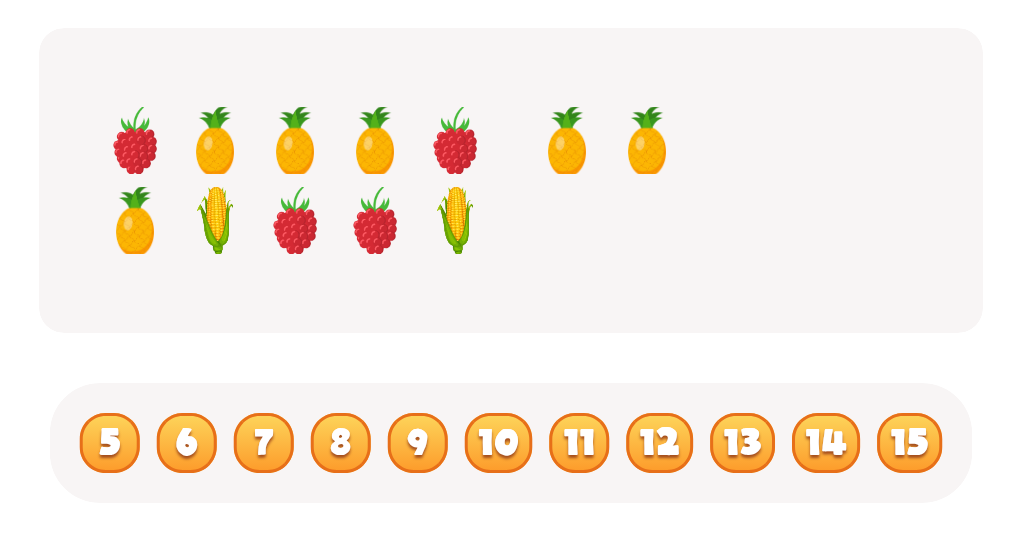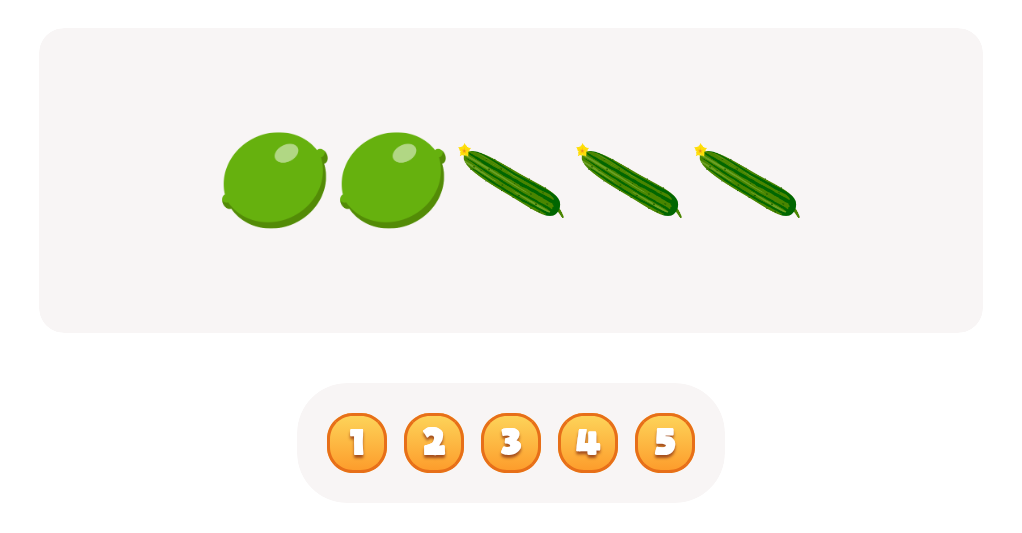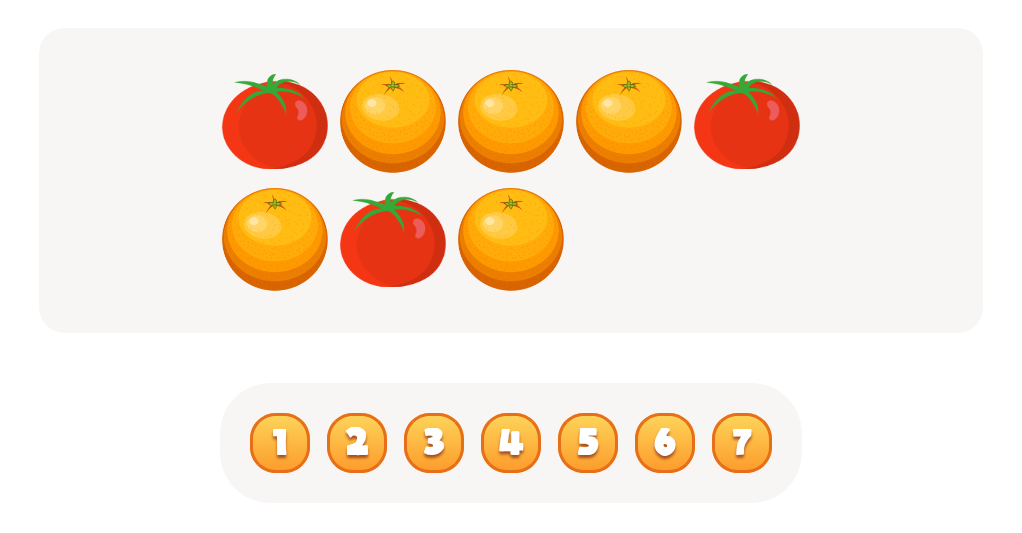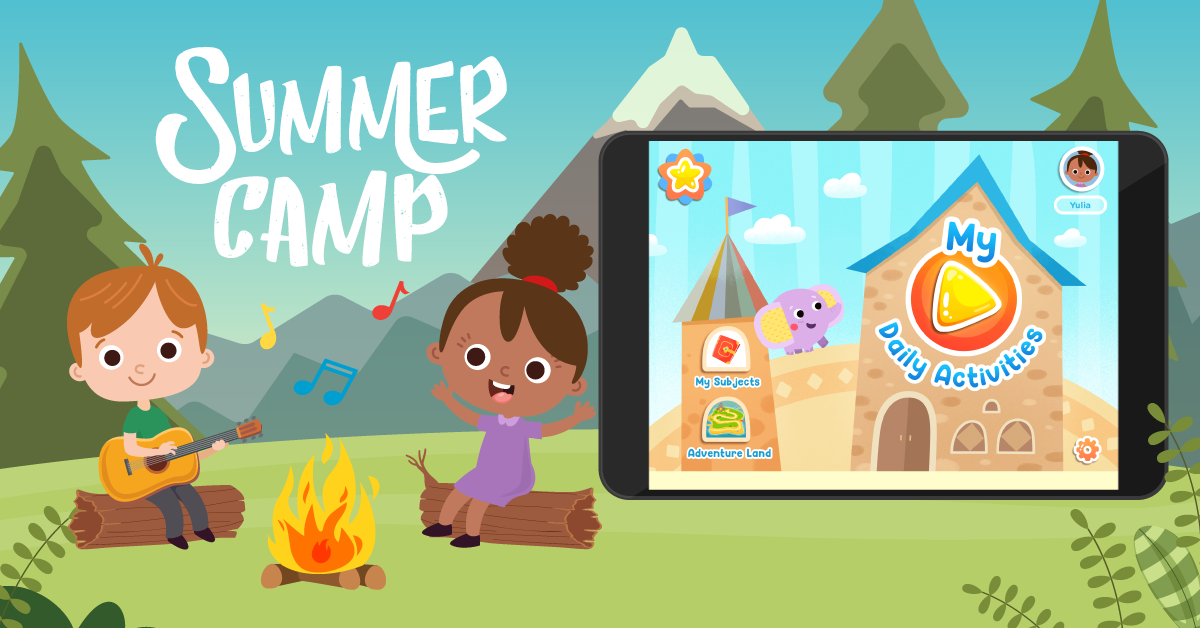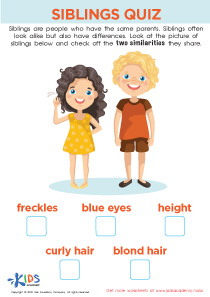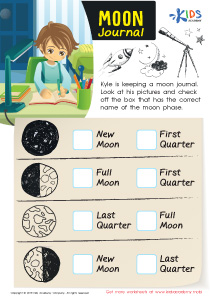Number Recognition Normal Plants and Animals Worksheets for Ages 3-8
6 filtered results
-
From - To
Discover our engaging Number Recognition Worksheets designed for children aged 3-8, focusing on plants and animals! These fun and educational resources promote early math skills through colorful illustrations and interactive activities. Perfect for homeschool or classroom use, each worksheet helps kids recognize numbers while exploring the fascinating world of flora and fauna. With a variety of exercises, including counting images and matching numbers to quantities, your little learners will develop a strong foundation in numeracy. Foster a love for both numbers and nature with our thoughtfully crafted worksheets that make learning enjoyable and effective!
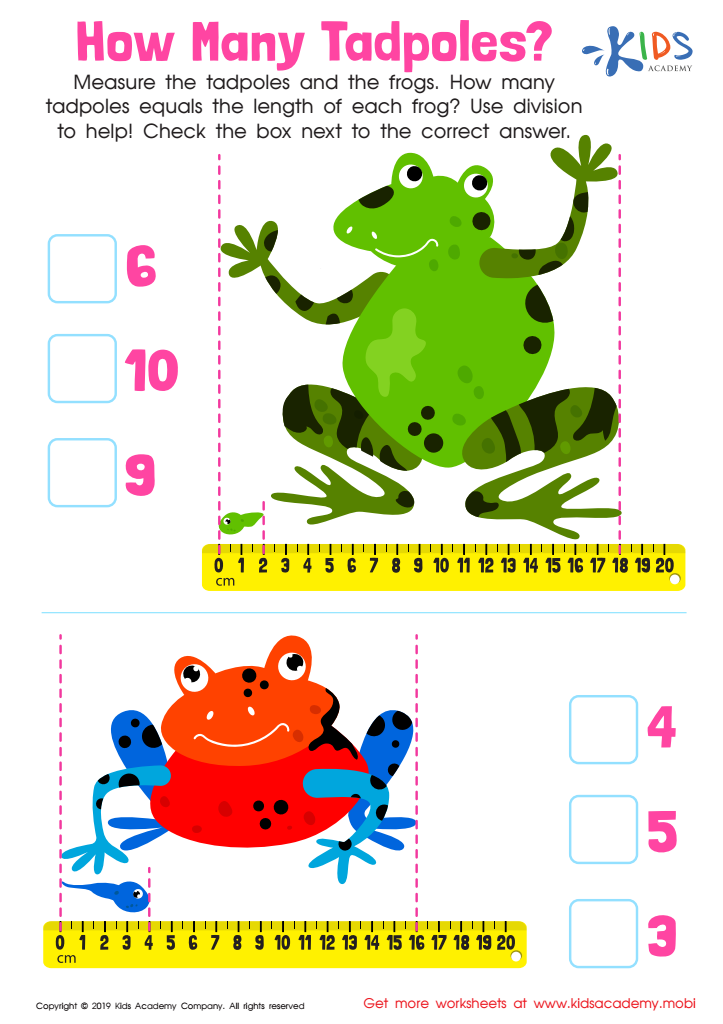

How Many Tadpoles Worksheet
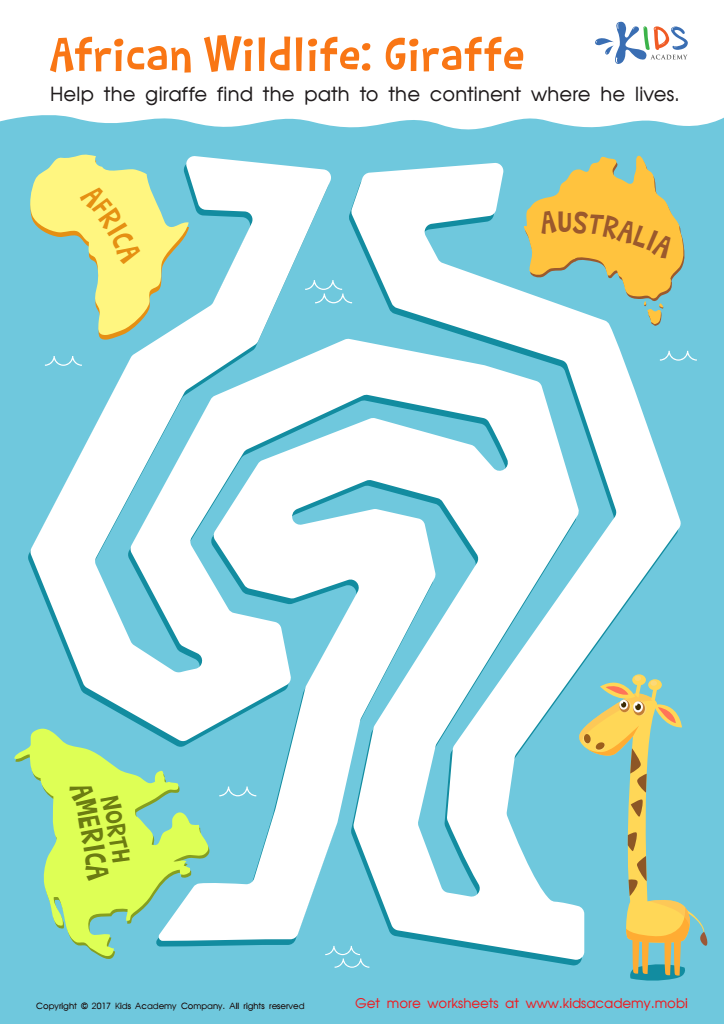

African Wildlife: Giraffe Worksheet
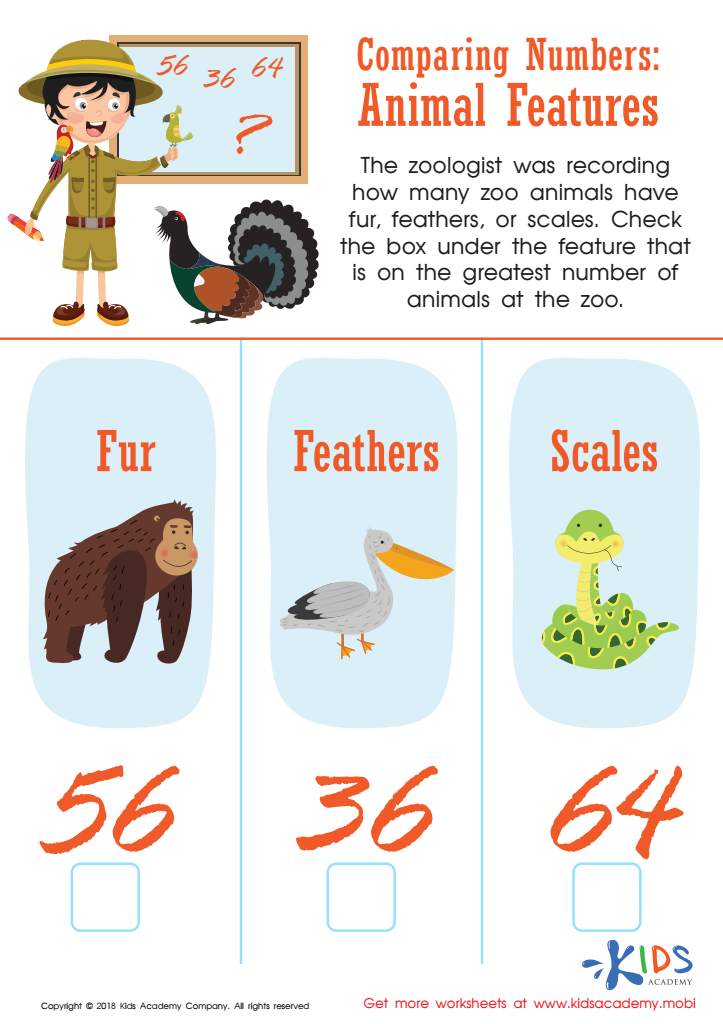

Animal Features Worksheet
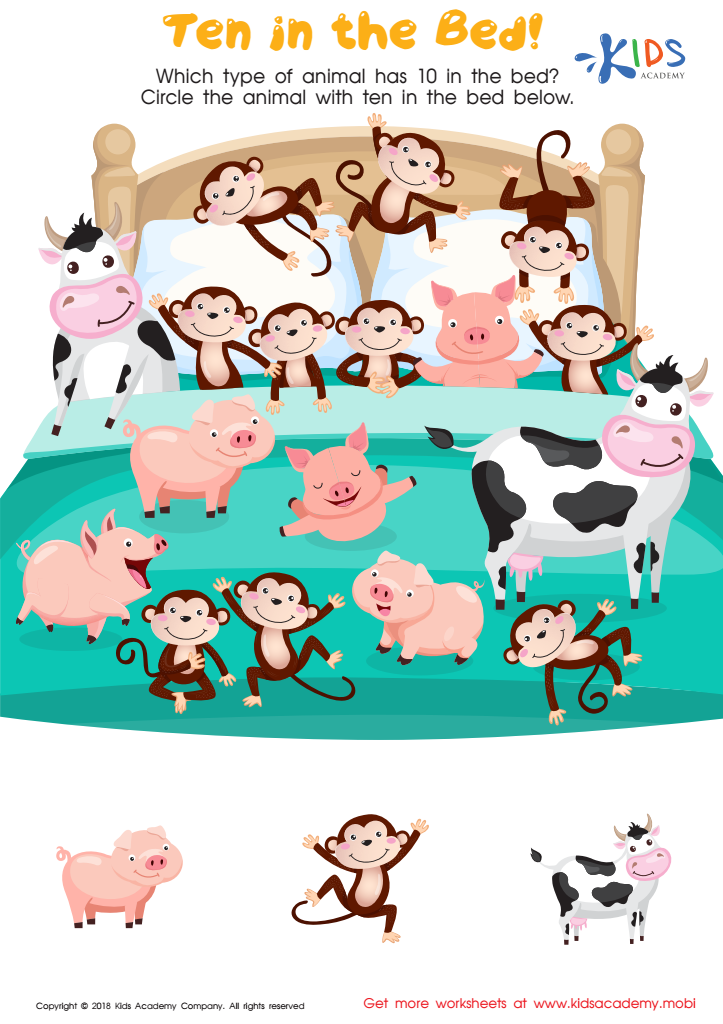

Ten in the Bed Worksheet
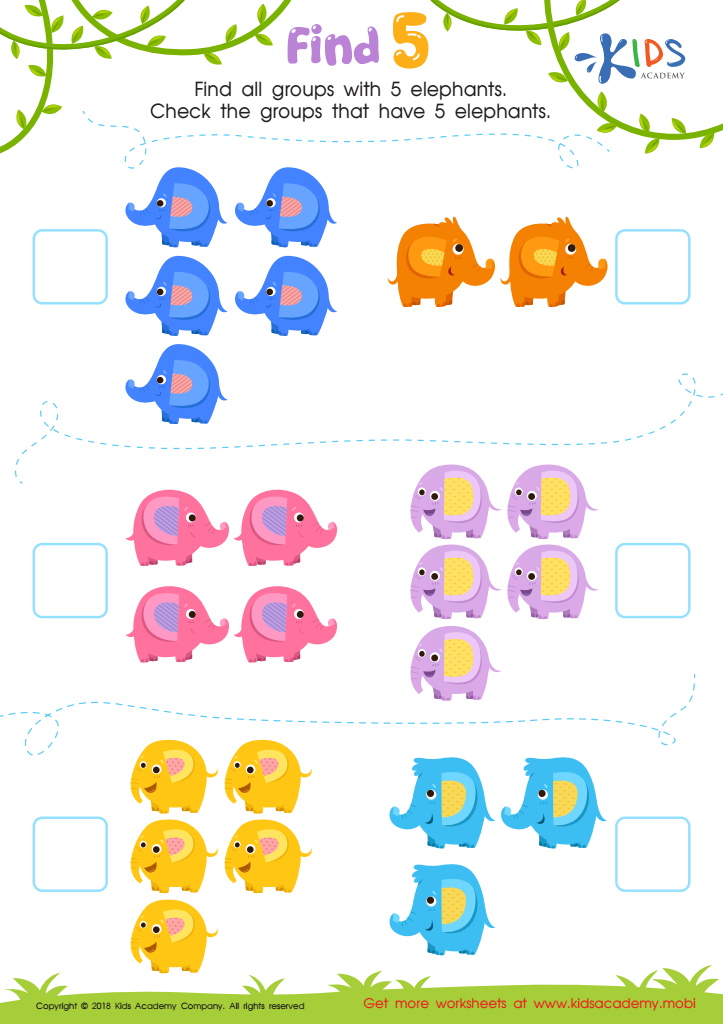

Find 5 Worksheet
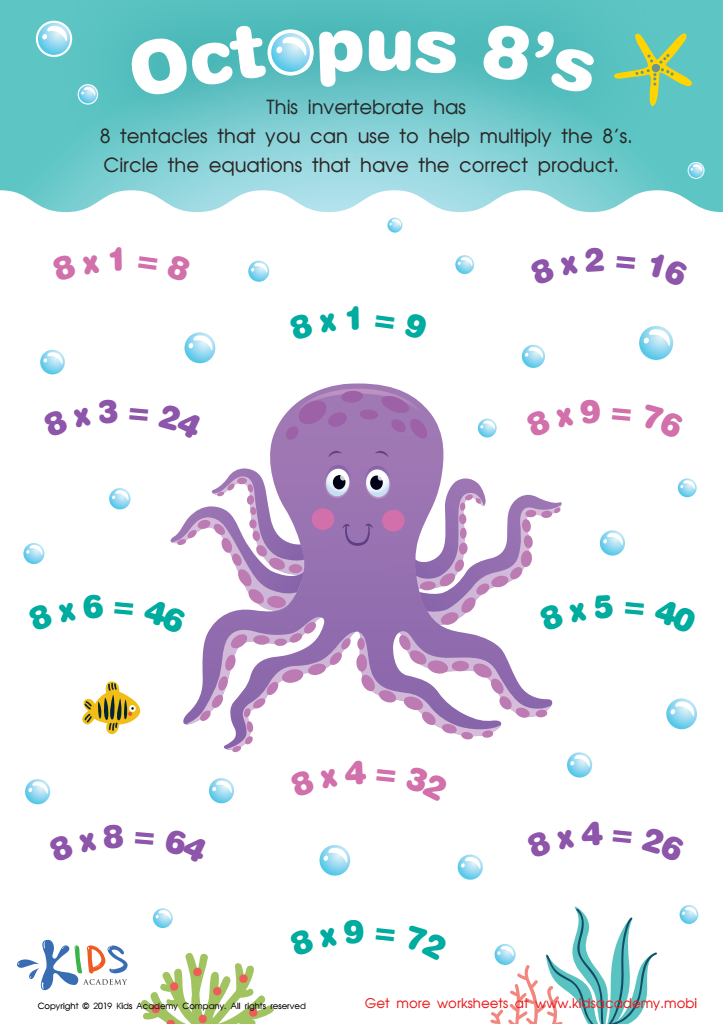

Octopus 8’s Worksheet
Number recognition is a foundational math skill essential for children aged 3-8, enhancing their cognitive development. It plays a critical role in early education as it is closely linked to various everyday tasks, from counting objects to understanding quantities. This skill builds the groundwork for future mathematical concepts, fostering critical thinking and problem-solving abilities.
Incorporating themes like plants and animals into number recognition activities engages young learners, making learning more relatable and enjoyable. Children are naturally curious about the world around them, so integrating counting with elements from nature sparks their interest and enhances retention. For instance, counting leaves, flowers, or animals during play can reformulate lessons into playful, interactive experiences.
Furthermore, learning to recognize numbers in different contexts cultivates attentiveness and enhances observational skills. Parents and teachers recognize the importance of hands-on, experience-based learning; these themed lessons resonate with children and spark discussions about the environment and biodiversity.
Investing in number recognition through enriching themes equips children with essential skills while igniting a love for learning. Both parents and teachers play a vital role in shaping a child’s foundational understanding of math, setting them on a path to academic success and a lifelong curiosity about the world.

 Assign to My Students
Assign to My Students
